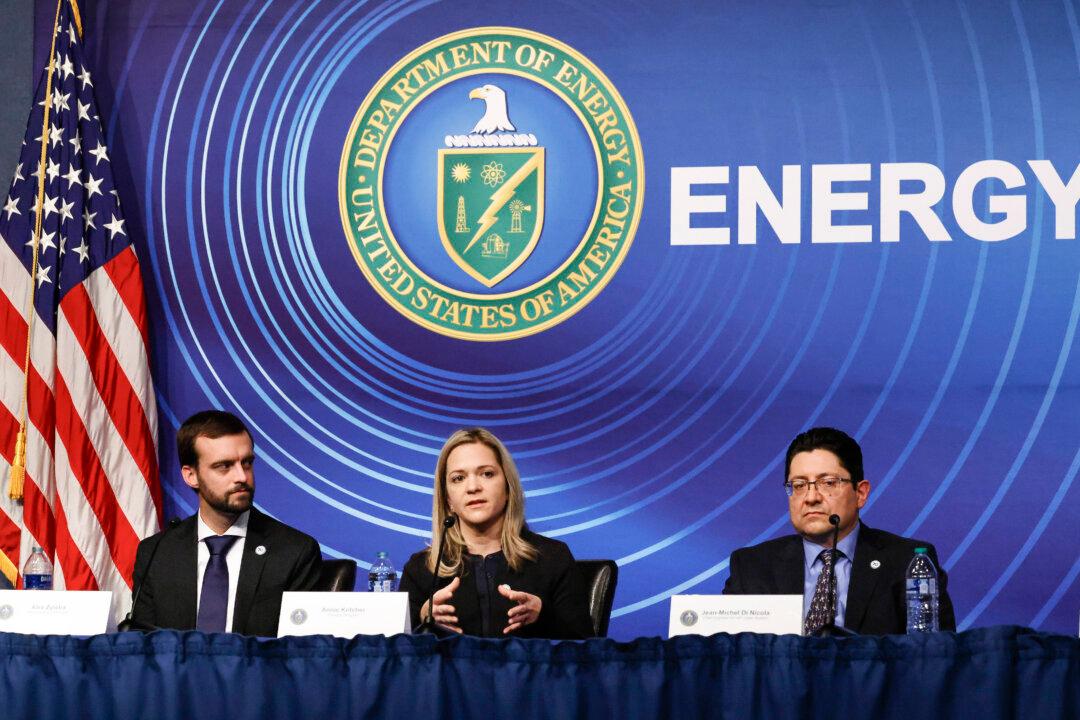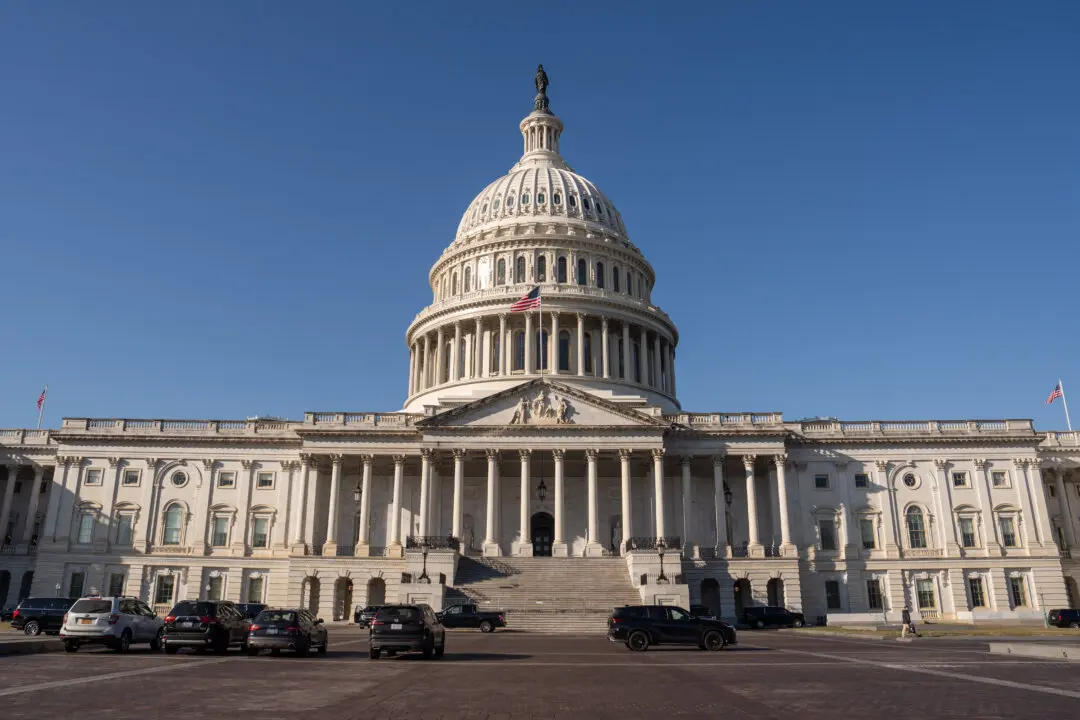Despite advances in the last two years, the federal government’s fiscal year 2025 budget falls short of annual allocations outlined in 2021’s CHIPS and Science Act and funding requests from industry leaders for fusion energy research and development.
Rep. Zoe Lofgren (D-Calif.) is calling on Congress to find the money to meet those benchmarks if the United States is to remain the global leader in developing what some call the “holy grail” in emerging energy technologies.





